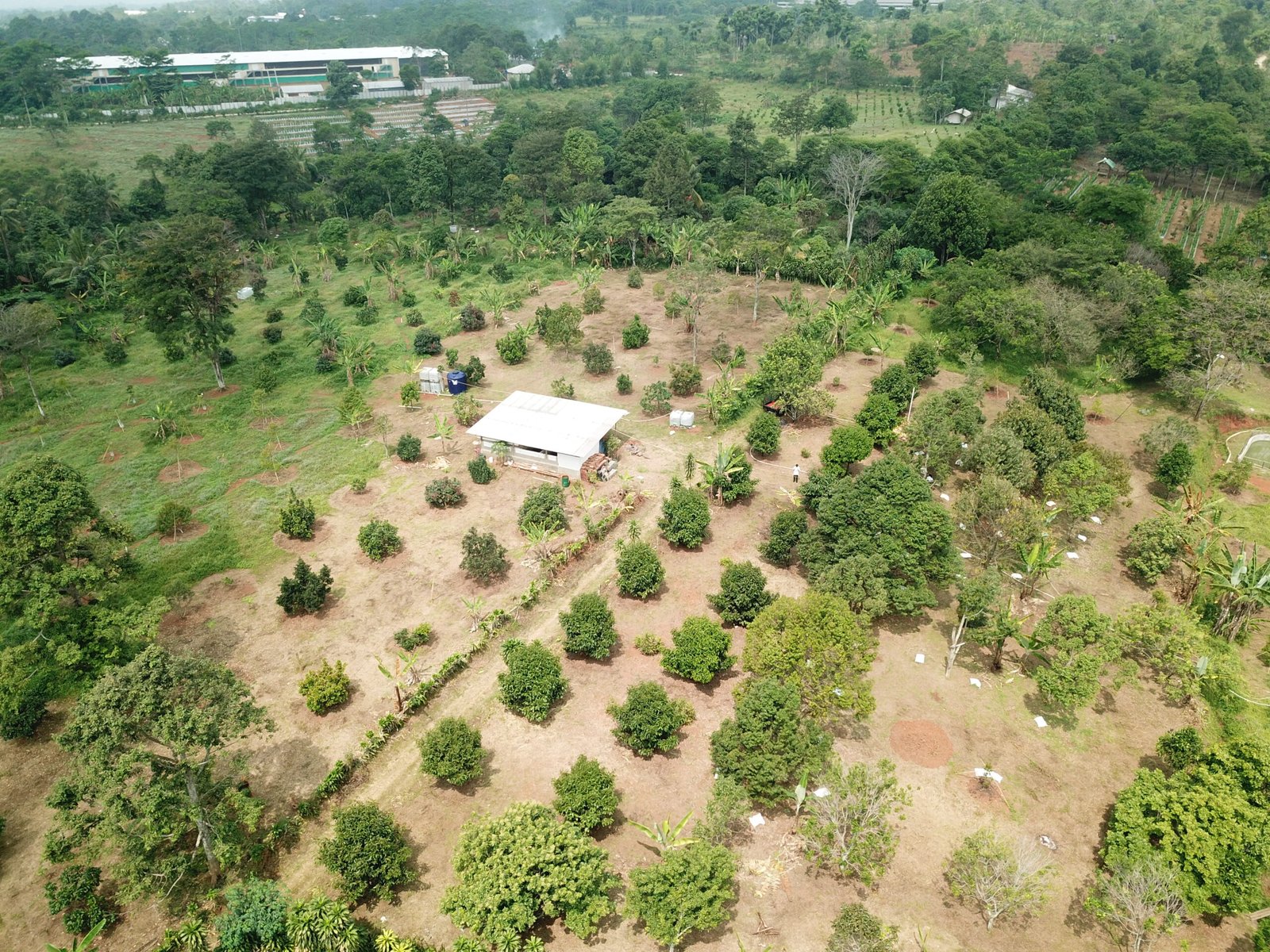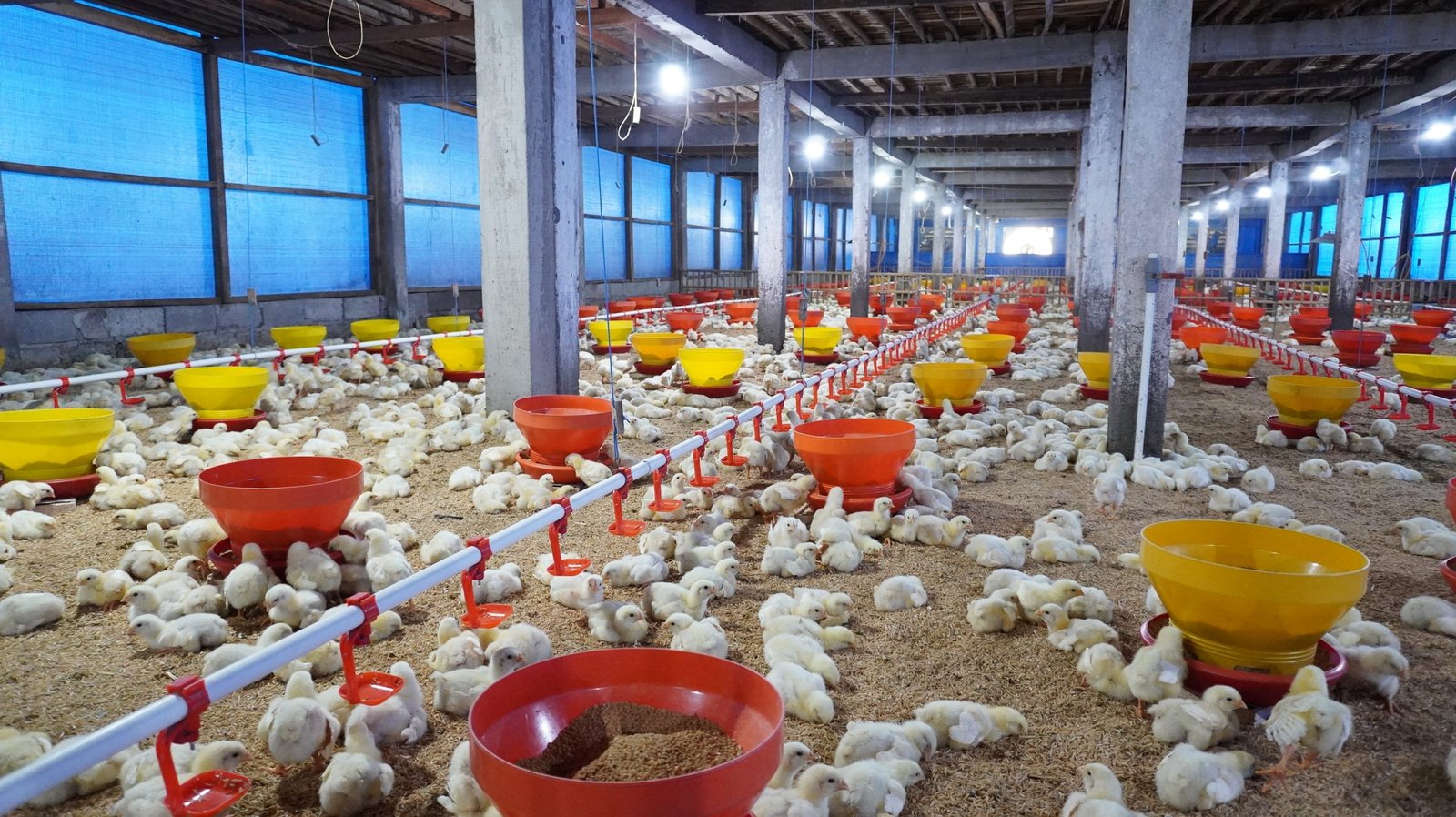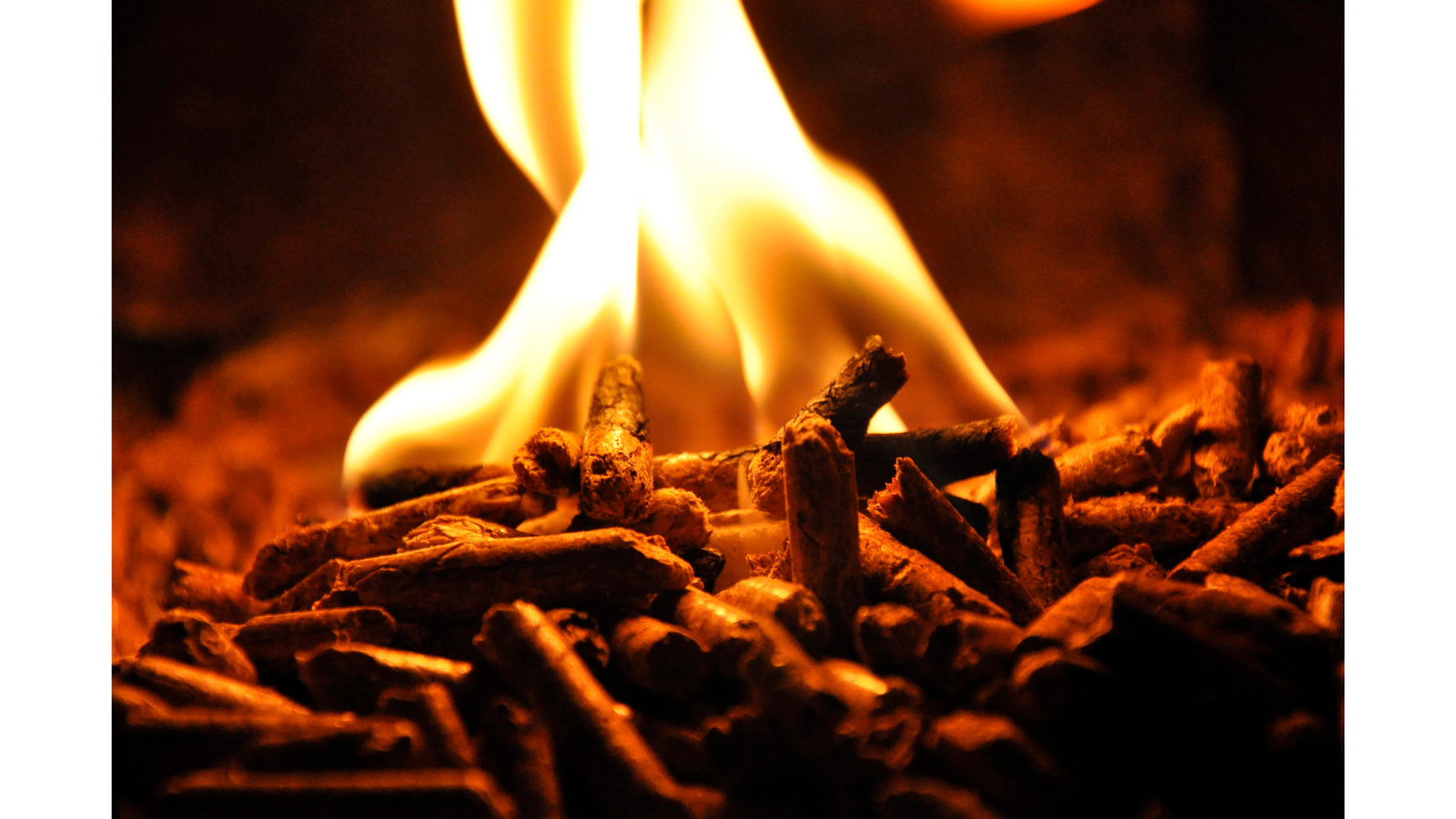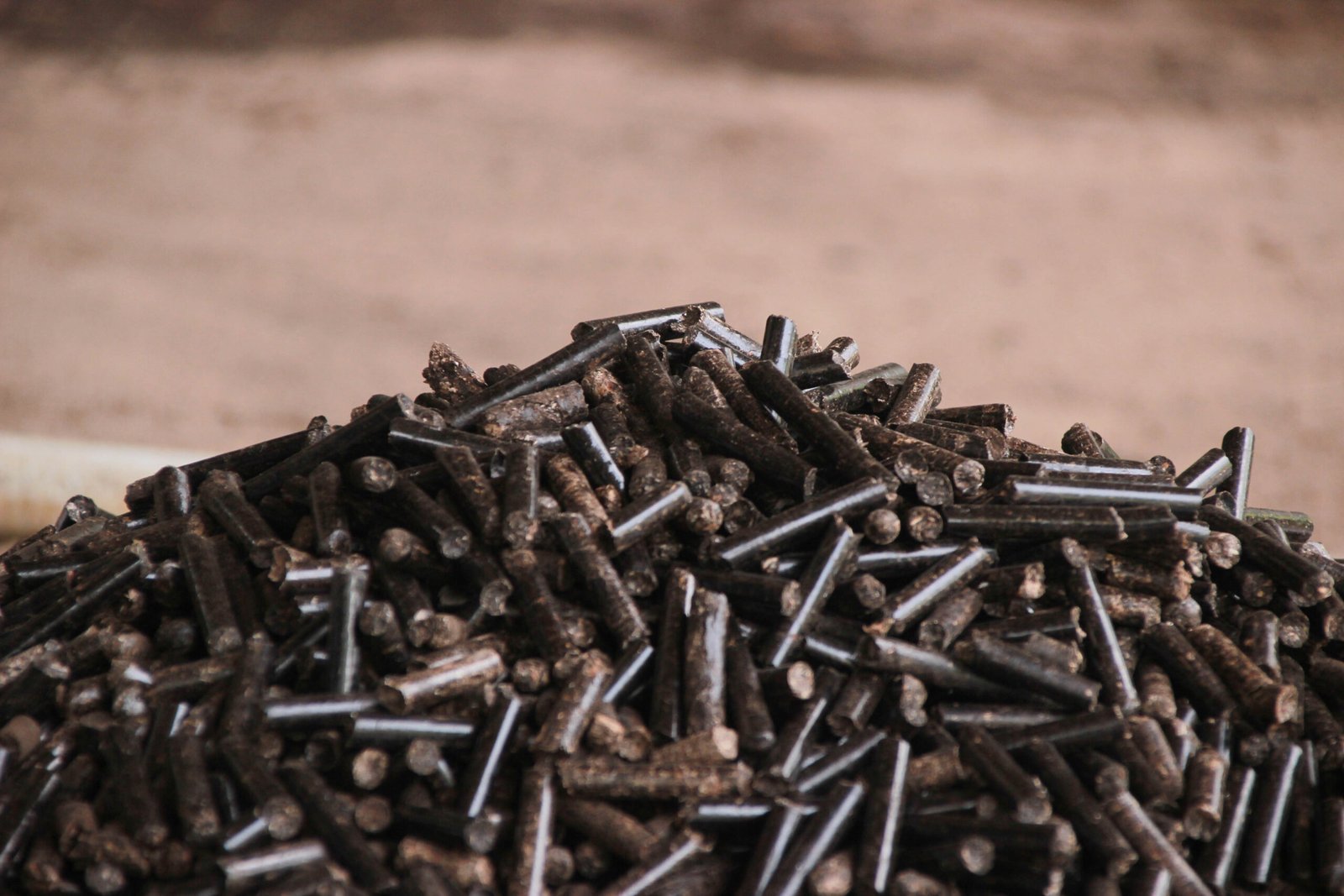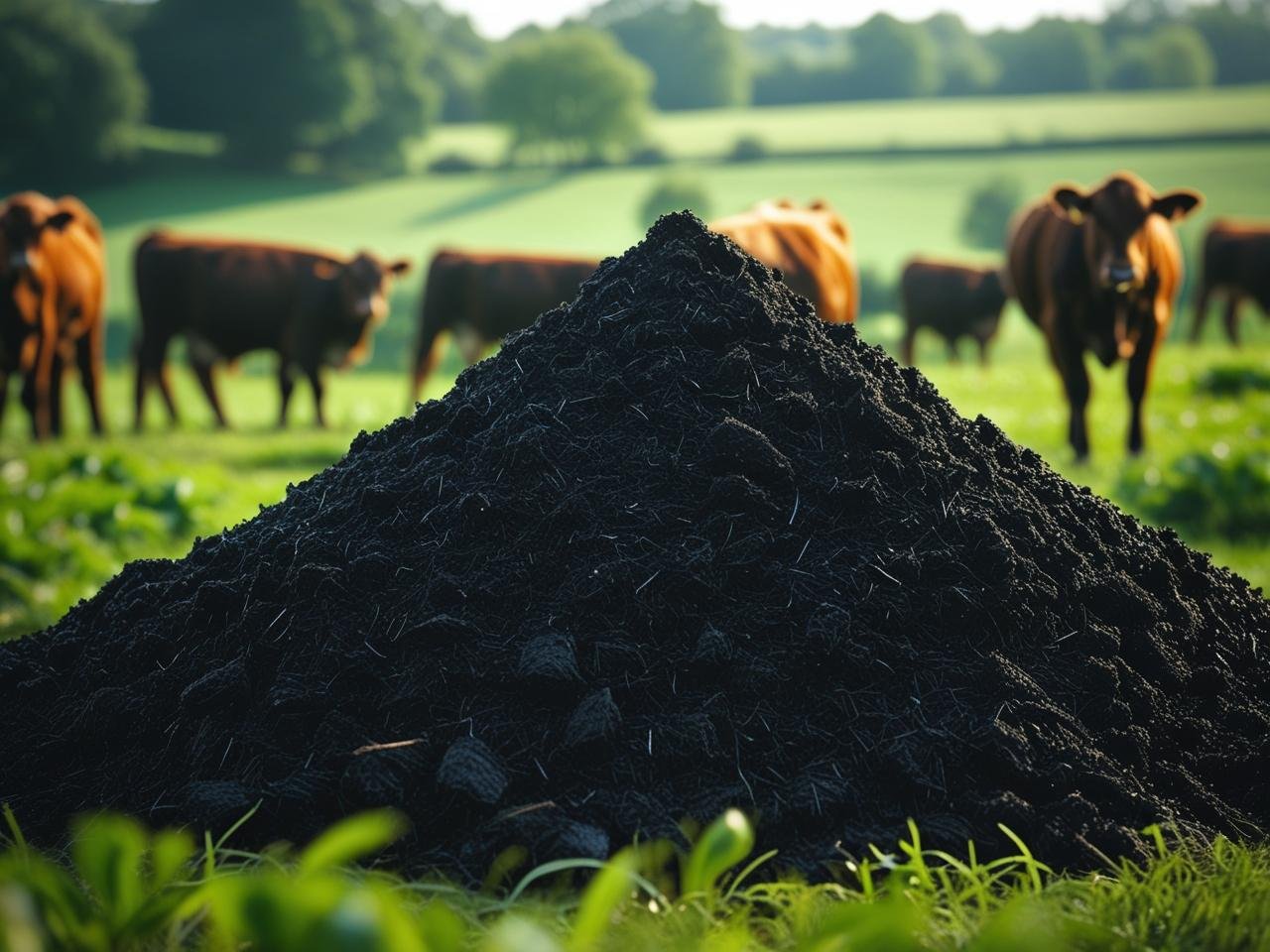Woodchips Definition
Woodchips are biomass fuel in the form of wood fragments produced from hardwood waste through chipping processes. This renewable energy source serves as a coal alternative with low carbon footprint and plays a key role in sustainable wood waste management.
NAVTARI's Commitment
NAVTARI recognizes that Hardwood waste (acacia, teak, calliandra, rambutan, etc.) from forestry and industrial activities is frequently underutilized.
Waste processing follows circular economy principles and ESG frameworks, contributing to :
1. Reduced CO₂ emissions from natural wood decomposition.
2. Prevention of wildfires caused by accumulated dry wood waste.
3. Fossil fuel substitution in energy-intensive industries.
Production Capacity
Final product: 500 tons of fresh-cut woodchips/month.
Raw Material Sources
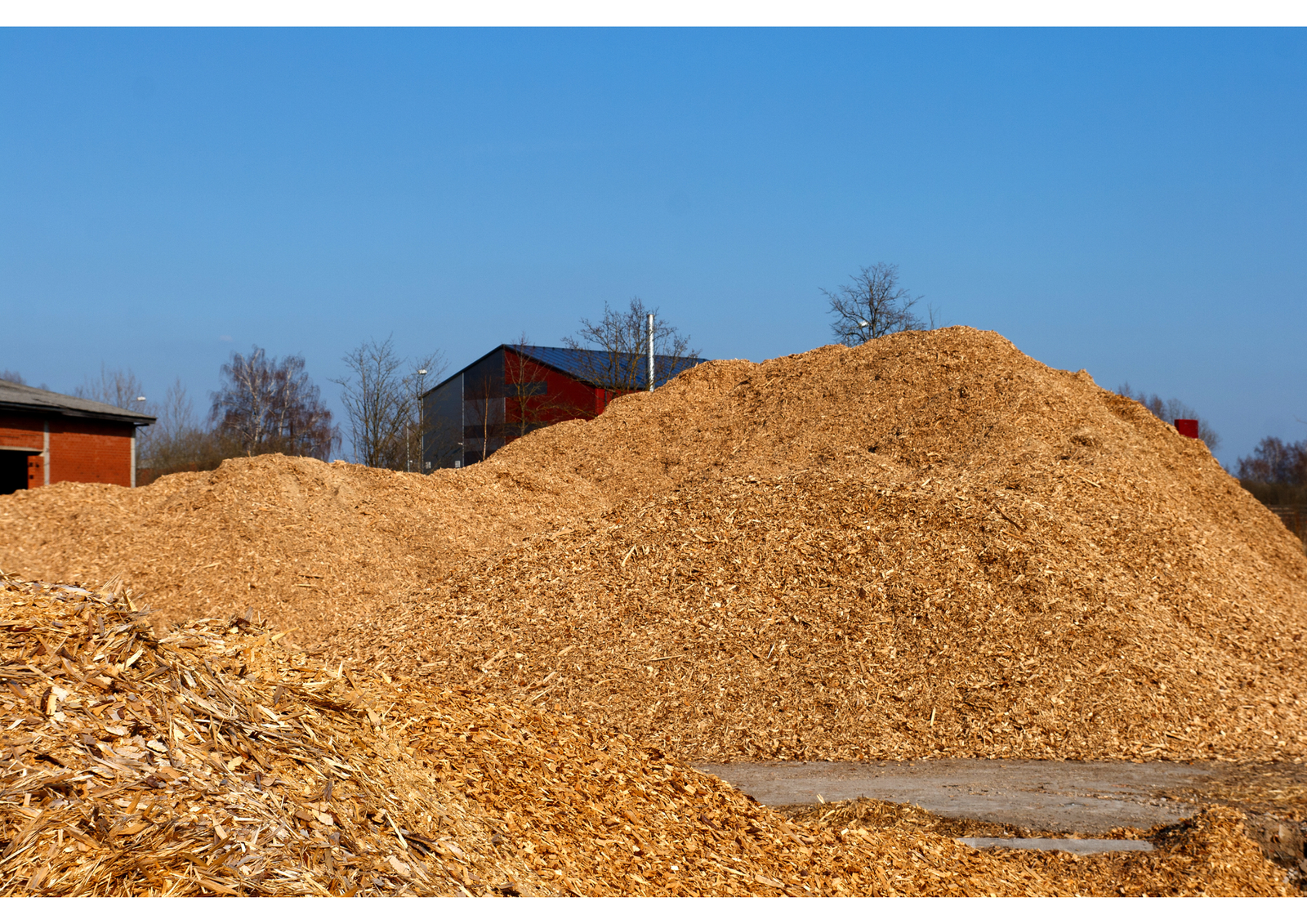
Sawmill Waste
Off-cuts, slabs, and defective wood.
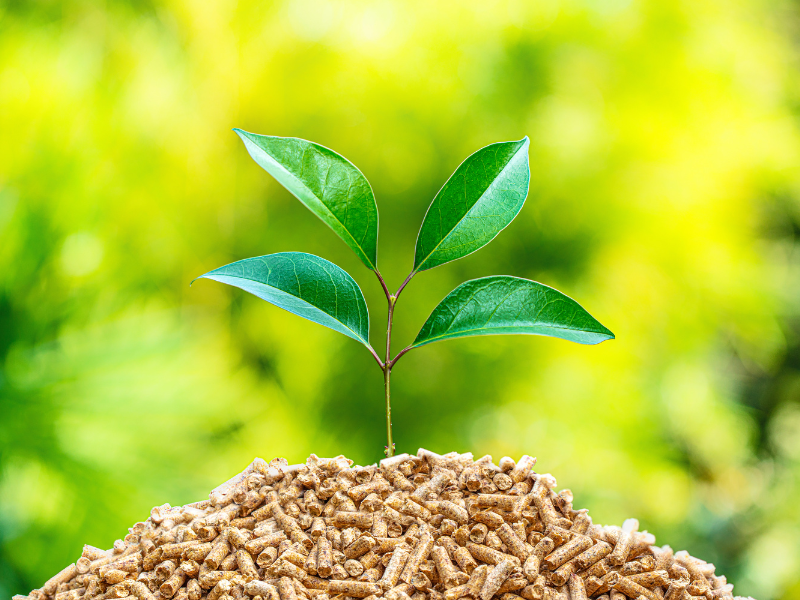
Tree Pruning Activities
Branches and limbs from plantations/urban green zones.
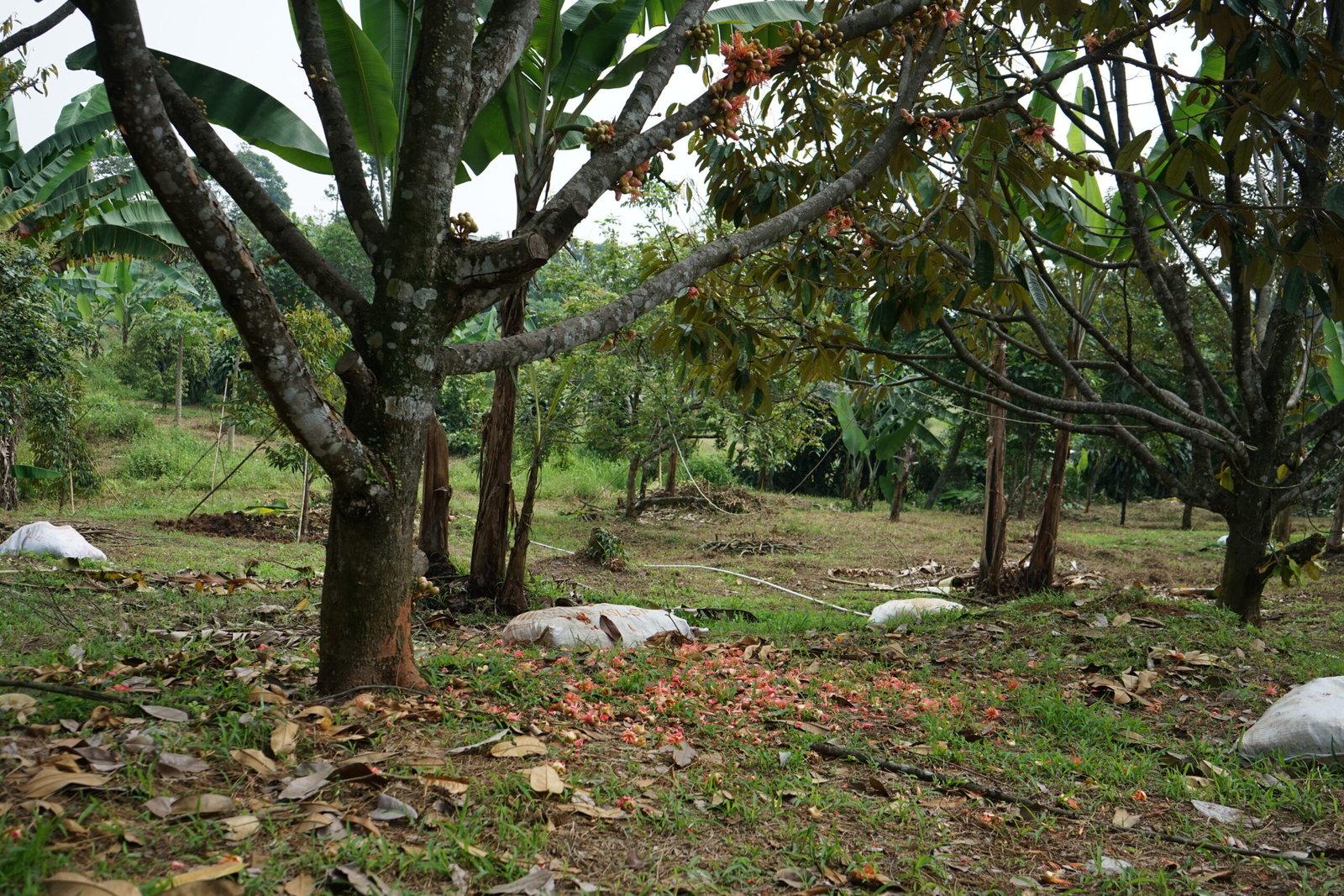
Land Clearing Operations
Non-commercial logs from development projects.
Wood Species: Acacia, Teak, Calliandra, Rambutan, Mahogany, Manggo, Etc.
Production Process
Collection & Sorting
Wood waste classified by species and size.
Chipping
- Fragmentation using Woodchipper Machines (5–10 tons/hour capacity).
- Output size: 20–50 mm (standard biomass industry specification).
Fresh-Cut Packaging
- Immediate packaging without drying (natural moisture: 30–45%).
- Packaging formats: Woodchips shipped in bulk.
Final Product Specifications
| Parameter | Value |
|---|---|
| Calorific value | 3,200–3,800 kcal/kg |
| Chip size | 20–50 mm |
| Moisture content | 30–45% (fresh-cut) |
| Contaminants | < 1% (plastic/metal-free) |
| Delivery | Direct to buyer within 24 hours |
Advantages of Livestock Waste Biomass
Eco-Friendly
1. Reduces 1.2 tons CO₂e per ton vs. coal.
2. Supports SVLK (Indonesia's Timber Legality Assurance System).
Cost-Effective
40% cheaper than wood pellets.
Logistical Efficiency
High density (350–450 kg/m³) for transport optimization.

